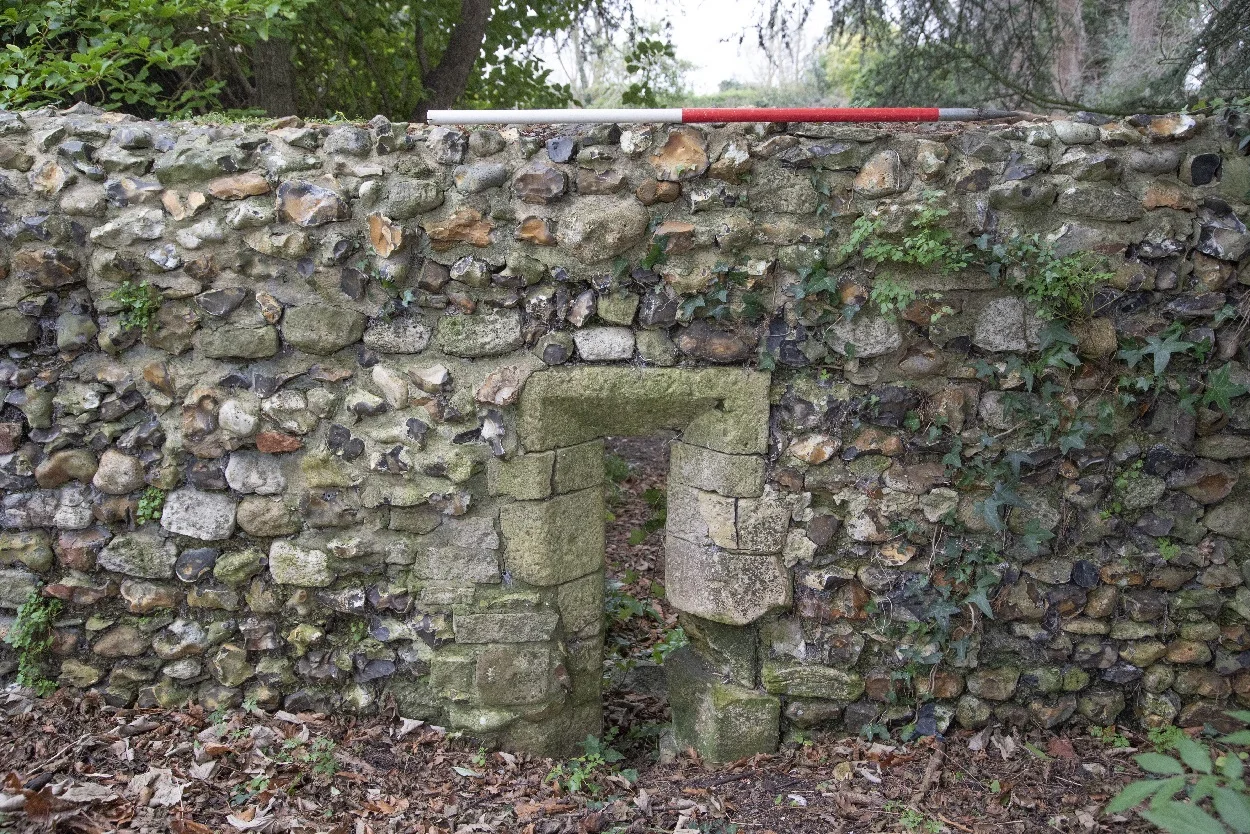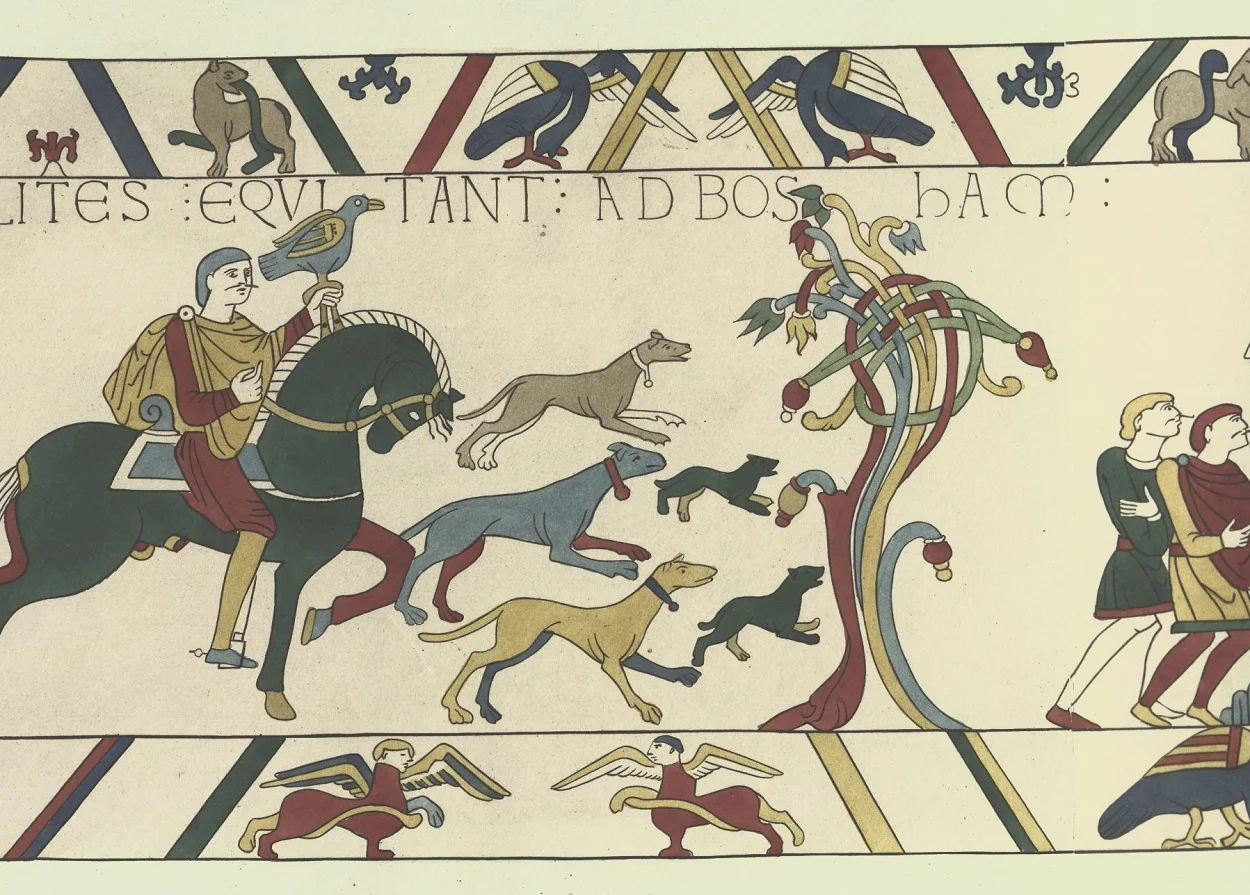Archaeologists from Newcastle University and the University of Exeter have uncovered new evidence to suggest that a site in the coastal village of Bosham was a residence of Harold Godwinson, the last Anglo-Saxon King of England.
Harold Godwinson, also known as Harold II, ruled England from January 6th, 1066, until his death on October 14th, 1066.
After the death of Harold’s brother-in-law, King Edward the Confessor (who died without an heir), the Witenagemot (the king’s council) assembled and elected Harold as Edward’s successor.
William the Bastard (later known as William the Conqueror) disputed Harold’s claim and raised an army that ultimately defeated and killed Harold at the decisive Battle of Hastings.
These events, chronicled in the Bayeux Tapestry, also depict Harold feasting in an opulent hall at Bosham, before embarking for France, and again on his return. While the precise location of Harold’s residence in Bosham has remained uncertain, it has been suggested that a house in the village, now a private home, could stand on the historic site.

By revisiting previous excavations and conducting new surveys, archaeologists have confirmed the existence of two previously unidentified Medieval buildings: one integrated into the current house and another in the garden.
Excavations in 2006 uncovered a latrine within a large timber structure, reflecting a trend in 10th-century England where high-status homes began incorporating toilets, a feature associated with elite dwellings.
According to the archaeologists, the latrine indicates that the timber structure was part of an aristocratic complex, aligning with the depiction of Harold’s estate in the Bayeux Tapestry.
The research, which is published in The Antiquaries Journal, was led by Dr Duncan Wright, Senior Lecturer in Medieval Archaeology at Newcastle University, who said: “The realisation that the 2006 excavations had found, in effect, an Anglo-Saxon en-suite, confirmed to us that this house sits on the site of an elite residence pre-dating the Norman Conquest.”
“Looking at this vital clue, alongside all our other evidence, it is beyond all reasonable doubt that we have here the location of Harold Godwinson’s private power centre, the one famously depicted on the Bayeux Tapestry,” added Dr Duncan.
Header Image – King Harold riding to Bosham – Image Credit : The Society of Antiquaries of London
Sources : Newcastle University – https://doi.org/10.1017/S0003581524000350





